Slab built definition refers to a method in pottery where clay is rolled into flat sheets and then assembled to create various forms, allowing for limitless creativity and unique textures that wheel-thrown pieces often lack. This ancient technique has been embraced by artists for centuries, celebrated for its versatile nature and capacity to produce functional and decorative ware.
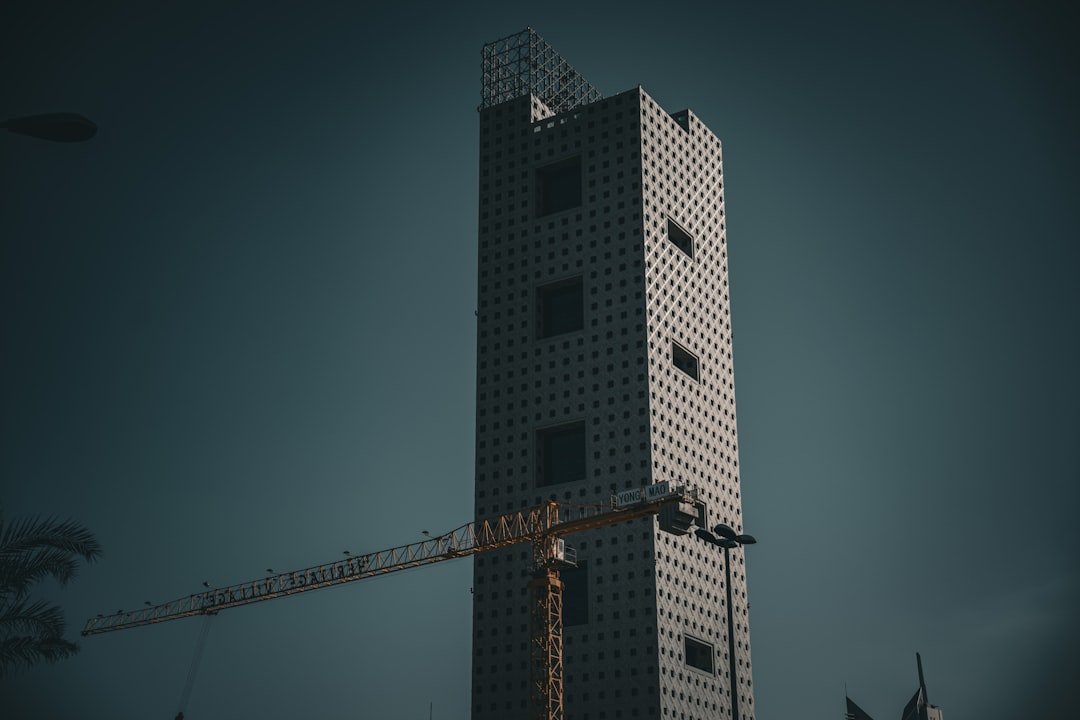
Slab built pottery offers an intriguing and handcrafted quality to each unique design.
| Aspect | Description | Benefits |
|---|---|---|
| Technique | Involves rolling clay into flat sheets | Allows for precision in shape and form |
| Flexibility | Permits a variety of designs and textures | Encourages unique and creative expressions |
| Applications | Ideal for both functional and decorative pieces | Covers a broad spectrum of pottery forms |
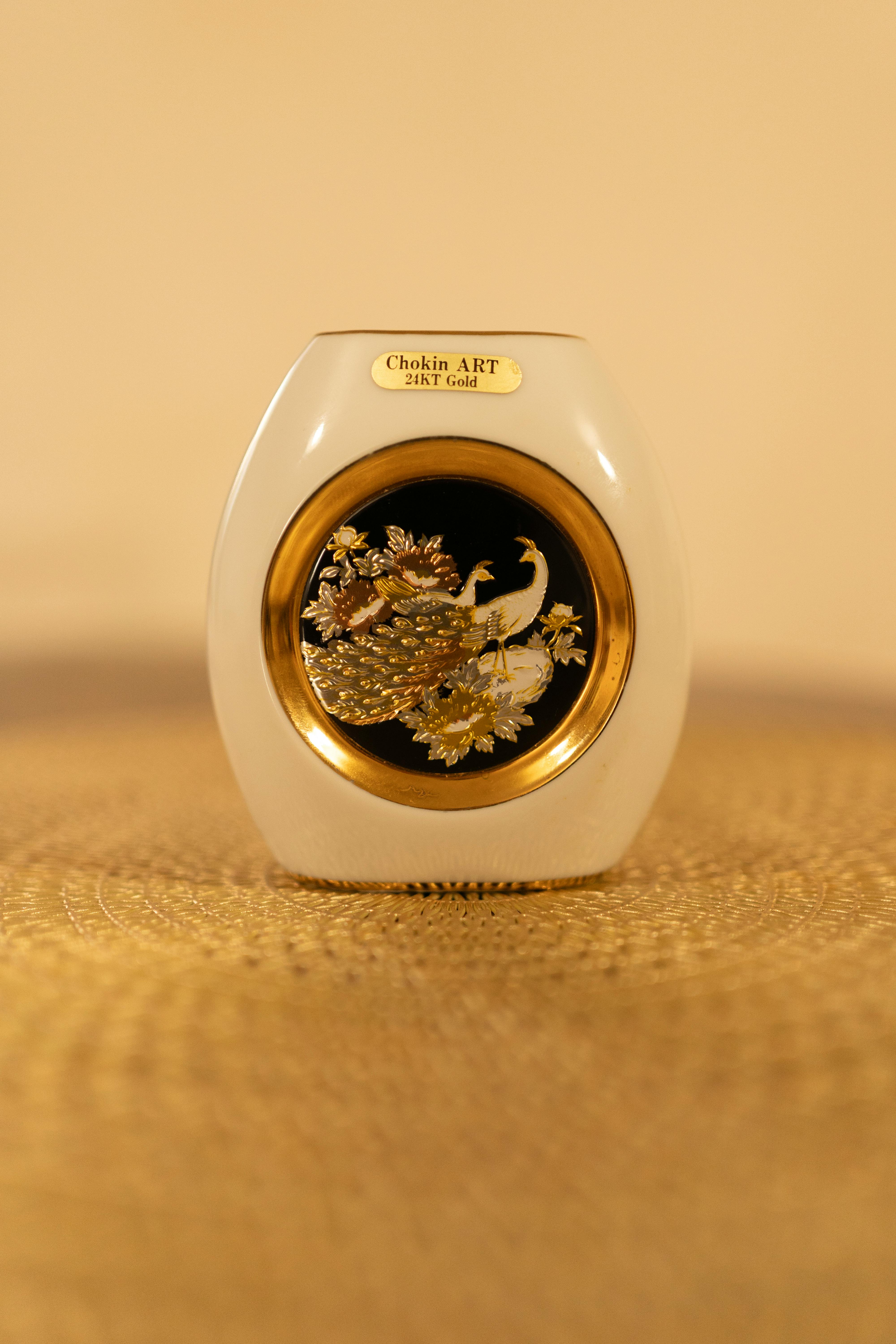
Exploring the Art of Slab Building
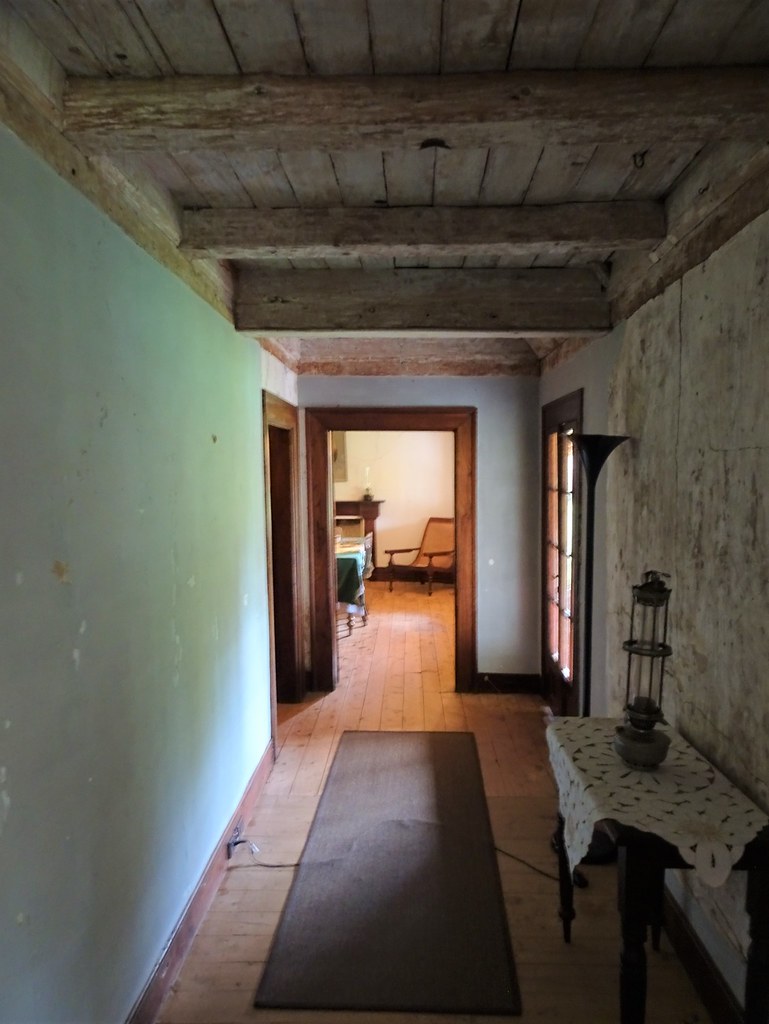
Imagine a canvas that allows artists to transcend the limitations of traditional pottery, inviting unlimited creativity and diverse designs. This is the essence of slab building, a method that empowers potters to transform clay into extraordinary shapes and textures. Unlike the wheel-thrown approach, slab building emphasizes precision in cutting and assembling, resulting in distinctive pieces that stand out in both functionality and aesthetics.
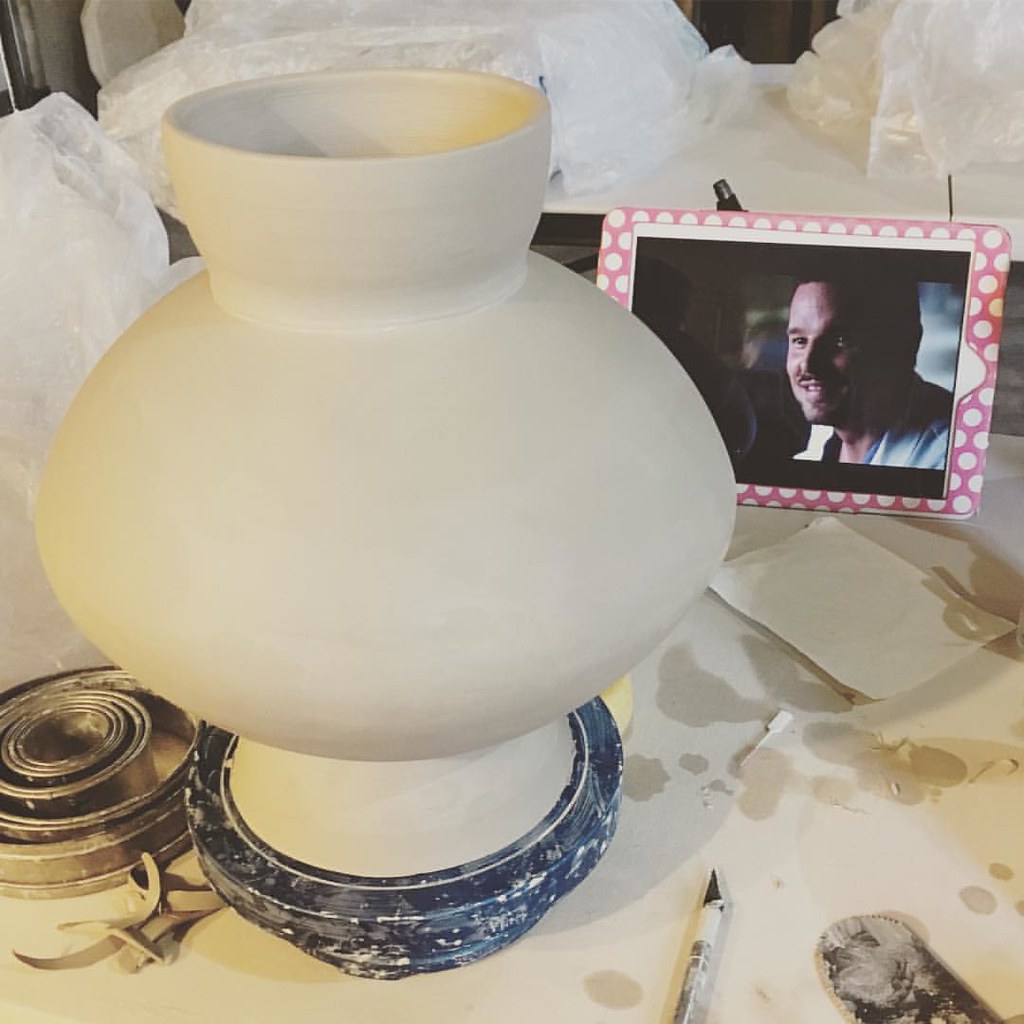
For a deeper understanding of how slab building embraces the concept of form and function, you may explore the insights shared by Harvard’s Form Follows Function course.
Benefits of Slab Building
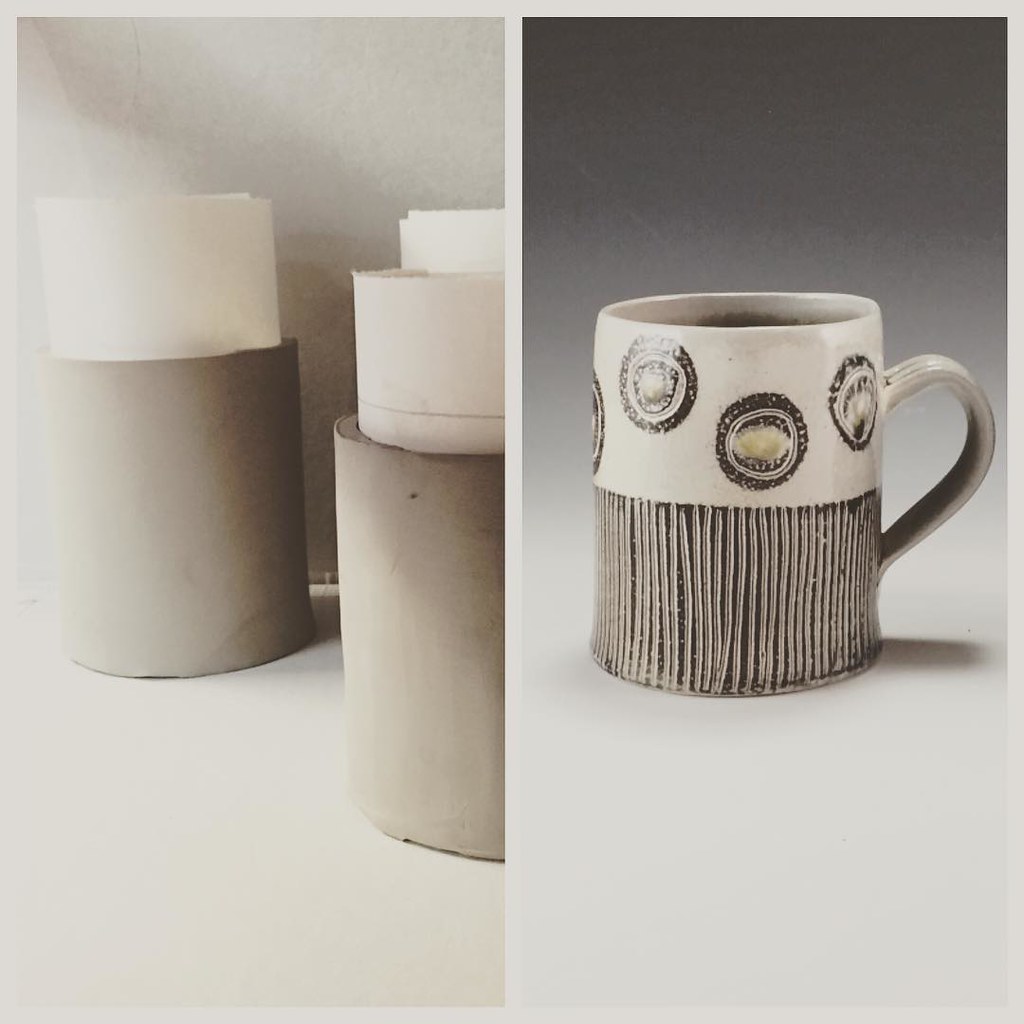
The advantages of slab building are truly compelling:
- Precision and Control: By rolling clay into uniform sheets, potters gain greater control over the thickness and shape of their creations, ensuring consistent results in each piece.
- Creative Flexibility: Whether you’re aiming to design a sleek modern vase or a rustic, hand-textured bowl, slab building supports a wealth of creative expression, accommodating both intricate and bold designs.
- Functional and Decorative: This technique is not limited to any single application. From functional kitchenware to imaginative sculptures, slab-built pottery offers endless possibilities to suit a wide range of uses and aesthetic preferences.

Slab Building Techniques
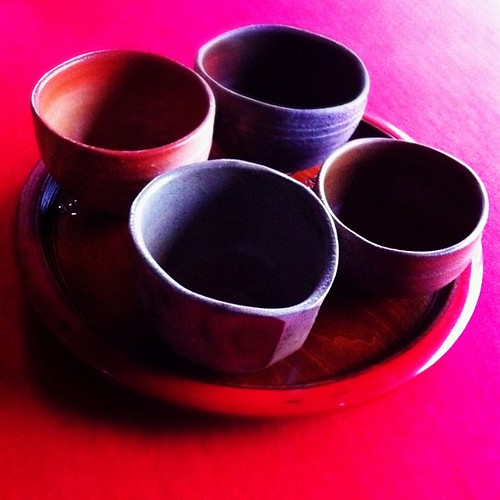
There are various techniques within slab building that potters can use to add depth and individuality to their work. Some popular methods include:
-
Score and Slip: To join pieces of clay reliably, artisans use this classic pottery technique by scoring the edges of the slabs and applying slip, which acts as a glue to bind them securely.
-
Texturing: By pressing materials such as fabric, leaves, or even carved tools into the clay's surface, potters can impart unique textures that elevate the visual and tactile appeal of their work.
-
Forming Molds: Using support structures or molds, potters can shape slabs into more complex, rounded forms, which might be difficult to create free-hand.


These techniques not only enhance the aesthetic appeal of the pottery but also its functional aspects, offering a broad spectrum of applications similar to the traditional coil method. Learn more about coil construction by visiting JJ Clay Studio.

Are you inspired by the endless potential of slab building, or do you have experiences to share with this dynamic form of pottery? Join our community of creators—share your thoughts or your latest creations with us in the comments below! To stay updated on our most recent articles and explore more about innovative architectural methods, visit our blog.
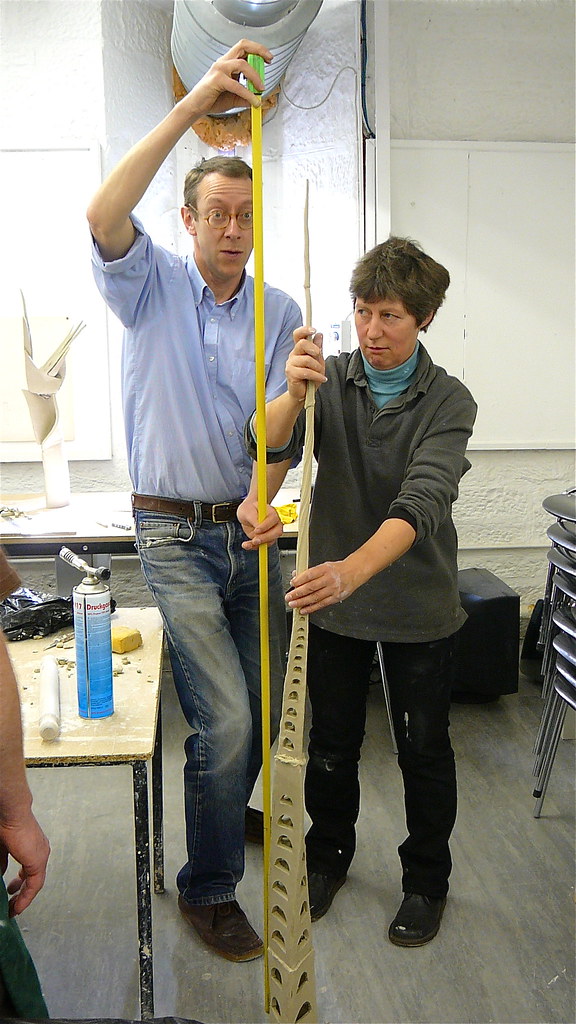

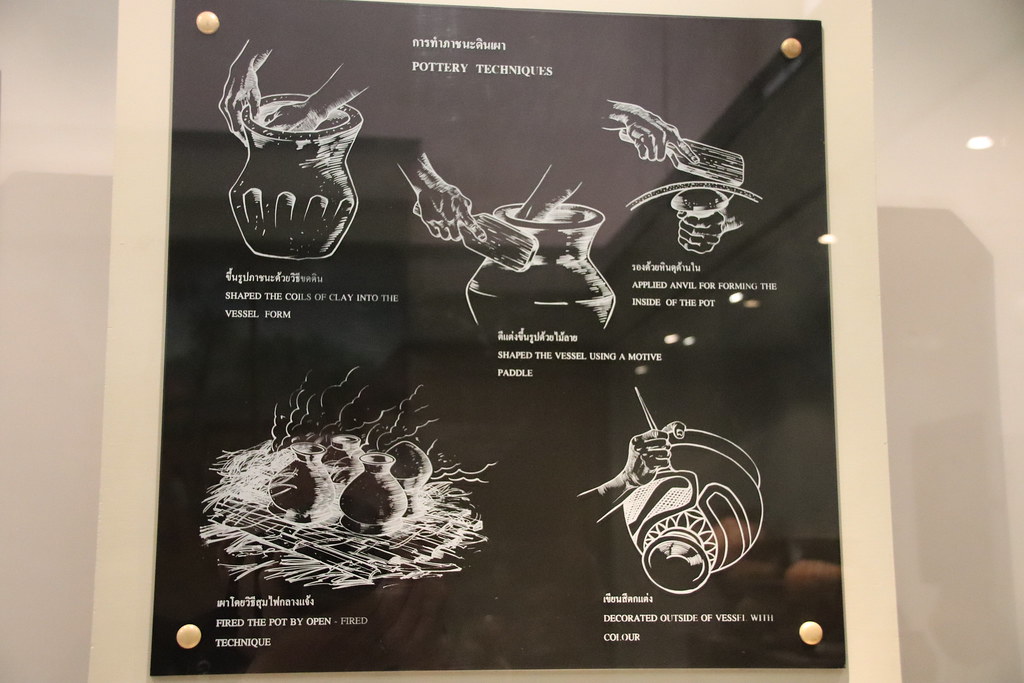
Slab building opens up a world of possibilities for potters, allowing artists to craft unique and intricate pieces that truly stand out. Whether you’re a seasoned ceramicist or just starting out, embracing this technique can add depth and texture to your work, setting your creations apart from traditional wheel-thrown pottery.
Stay Connected and Keep Creating!
I’d love to see what you create using slab building techniques! Make sure to follow us on Instagram for more tips, inspiration, and to share your own beautiful pottery pieces. Let’s continue this creative journey together and keep the art of slab building thriving!
